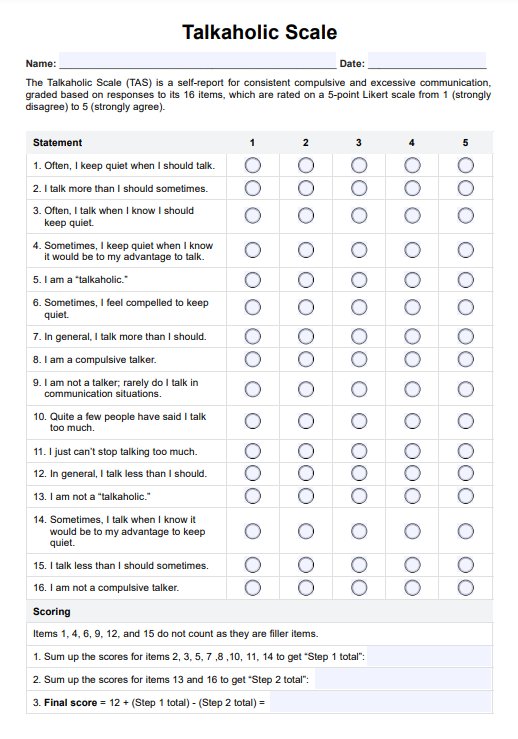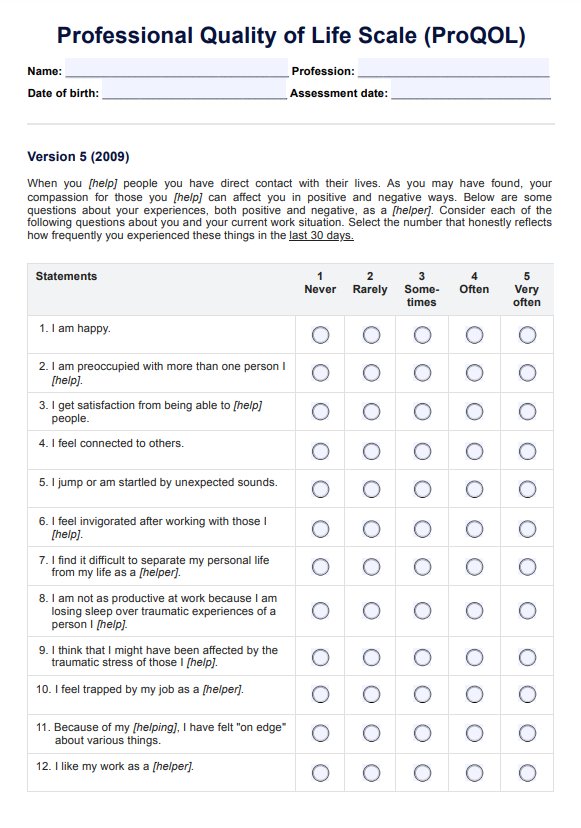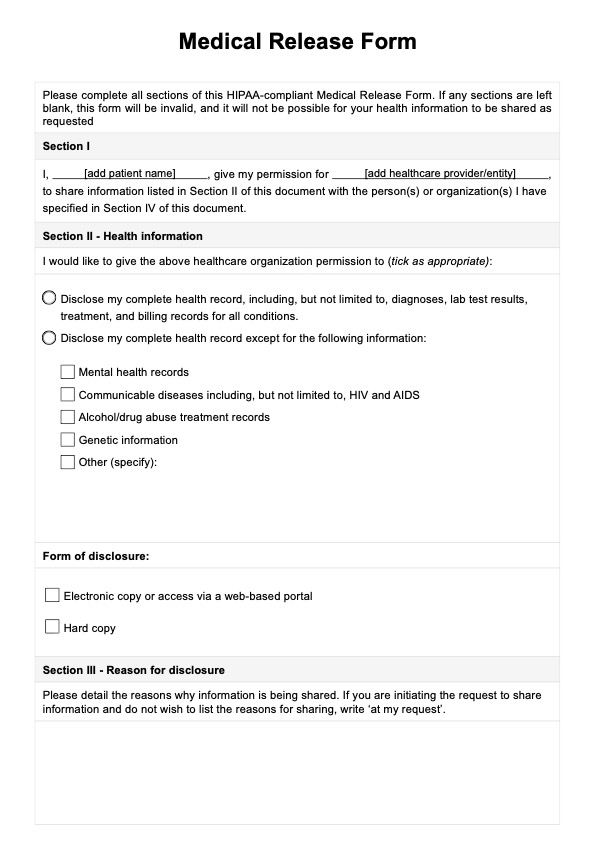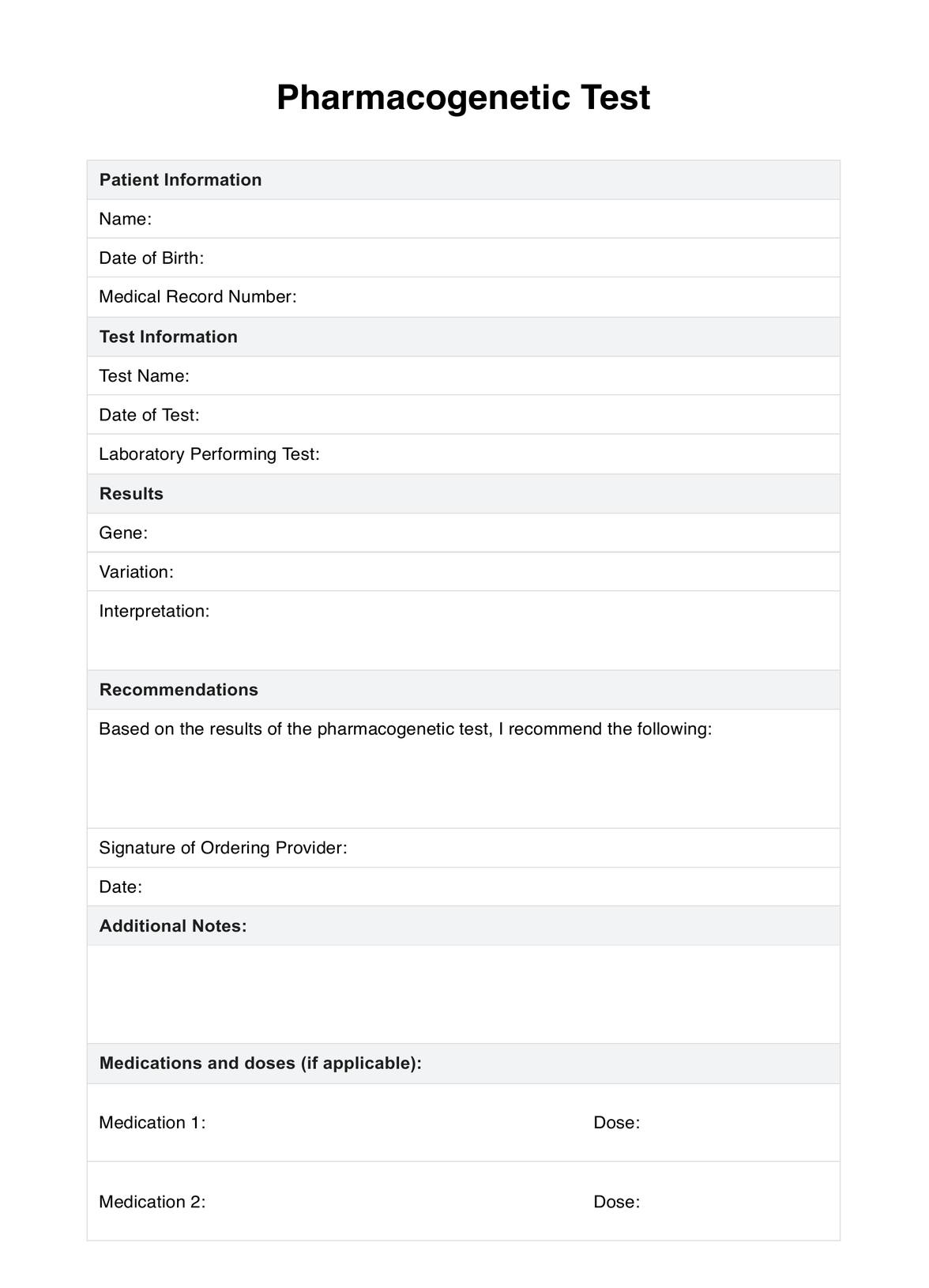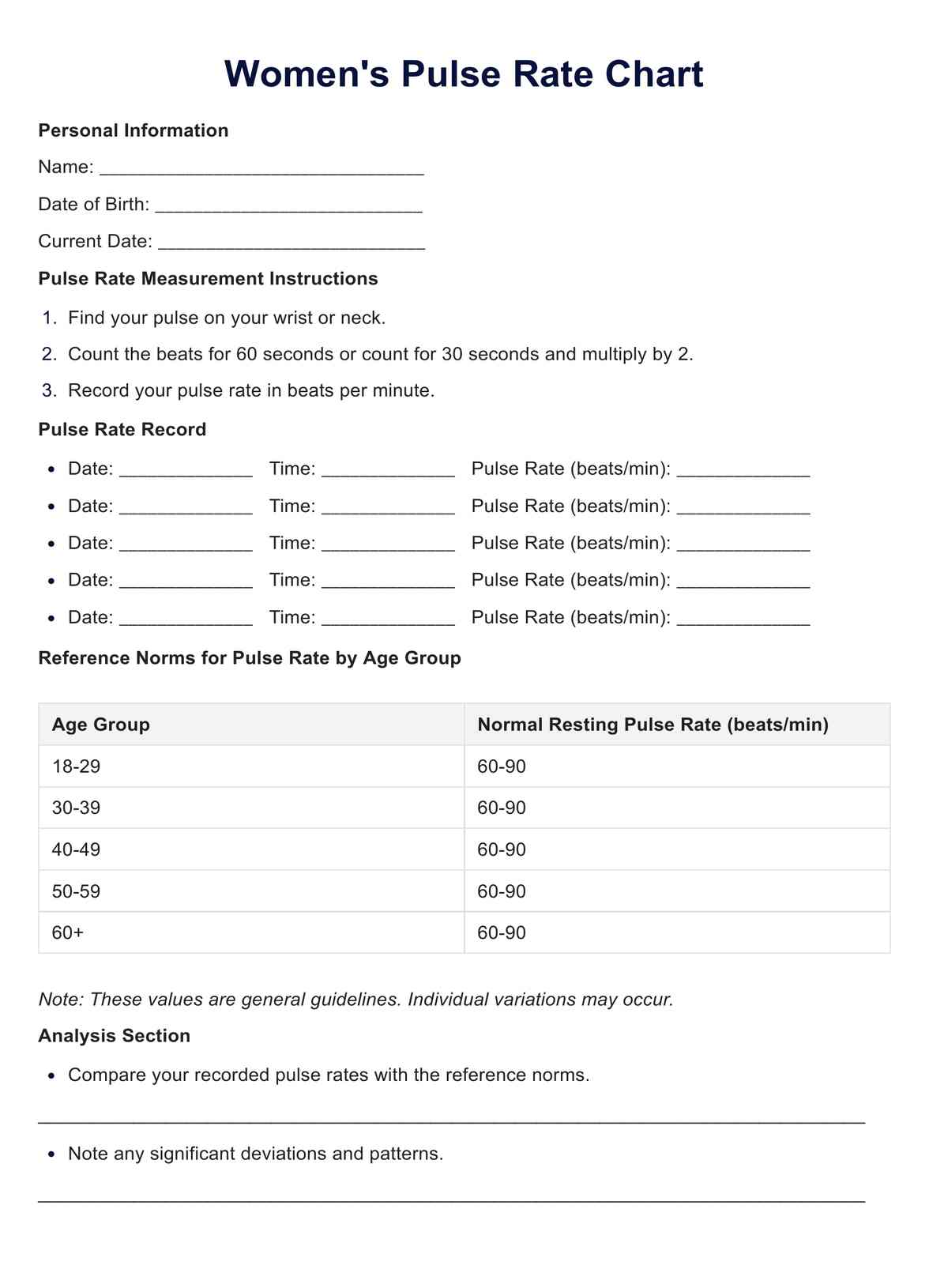RBC Blood
Need to assess red blood cell count? Learn more about the significance of the RBC Blood Test for accurate diagnoses and patient care.


What Is A 10-Panel Drug Test?
A 10-panel drug test is a standard laboratory test to screen for ten different drugs or metabolites in a person's urine, blood, or hair follicles. These tests are often conducted for various purposes, including pre-employment screening, sports doping checks, legal matters, or healthcare evaluations.
The ten substances typically screened for in a 10-panel drug test include marijuana, cocaine, amphetamines, methamphetamines, opioids, benzodiazepines, barbiturates, methadone, PCP, and ecstasy. The results of this test can provide critical information about an individual's recent drug use, helping in making informed decisions related to their health or suitability for certain activities.
On the other hand, an RBC blood test, or Red Blood Cell count, is a laboratory examination that quantifies the number of red blood cells in a blood sample. This test is a fundamental component of a complete blood count (CBC) and evaluates an individual's overall health. Red blood cells are essential as they transport oxygen to body tissues.
Abnormal RBC counts indicate various medical conditions, including anemia and other blood disorders. RBC blood tests play a crucial role in diagnosing and monitoring such conditions. It is not directly related to drug testing, as it focuses on assessing one's hematological health rather than drug use.
You can also use this drug test template to streamline the process of conducting and recording drug screenings. It helps ensure that all necessary information is captured and organized, making it easier to manage and interpret test result
RBC Blood Template
RBC Blood Example
How Does it Work?
To effectively use the printable RBC Blood Test form, follow these six essential steps:
Step 1: Patient Information
Begin by entering the patient's details, including their name, date of birth, gender, address, phone number, and email. Ensure the accuracy of this information to maintain proper medical records.
Step 2: Test Information
Provide the test-specific data, such as the test date, the physician's name, and the referring physician (if applicable). Additionally, state the reason for the test, which helps diagnose and monitor the patient's health.
Step 3: Test Type and Additional Tests
Specify the test type, which, in this case, is the RBC Count. If any other relevant tests have been ordered, list them accordingly, ensuring a comprehensive evaluation of the patient's condition.
Step 4: Test Results
Leave space for recording the actual test results. This is crucial, capturing the medical data that will inform the diagnosis and treatment plan.
Step 5: Comments/Notes
Use this section for any additional notes, observations, or remarks that the healthcare professionals find relevant to the patient's case.
Step 6: Signatures
Collect signatures from the patient, the phlebotomist who collected the blood sample, and the laboratory technician responsible for processing the test. This step ensures accountability and traceability in the testing process.
When Would you use This Test?
The RBC Blood Test, a vital diagnostic tool, holds relevance in multiple clinical scenarios, providing valuable insights to healthcare practitioners. Hematologists and general practitioners frequently use this test to diagnose and monitor anemia, a condition marked by a low red blood cell count. This allows them to assess its severity and make informed treatment decisions.
Additionally, specialists in hematology may employ the RBC Blood Test to evaluate various blood disorders, such as sickle cell disease and thalassemia, enabling precise management strategies. Primary care physicians routinely order this test during comprehensive health check-ups to gauge overall health and detect potential issues early.
Surgeons may request it to ensure patients' blood parameters are within the normal range before surgical procedures, reducing complications. For physicians managing chronic diseases like kidney disease, where anemia is common, the test aids in monitoring patient responses to treatment and adjusting therapy accordingly. Even sports medicine practitioners use the RBC Blood Test to assess athletes' overall health and performance potential, especially in endurance sports.
What do the Results Mean?
The results of an RBC (Red Blood Cell) Blood Test are instrumental in providing insights into a patient's overall health. They can serve as a diagnostic and monitoring tool for various medical conditions. Common results and meanings of the free RBC Blood Test show an average RBC count, which falls within a specific healthy range, indicating effective oxygenation of tissues and organs.
On the other hand, a low RBC count is often indicative of anemia. In this condition, the blood lacks an adequate number of red blood cells to carry oxygen, possibly caused by factors like nutritional deficiencies, chronic illnesses, or bone marrow problems.
Conversely, a high RBC count may suggest polycythemia, characterized by excess red blood cells, potentially linked to conditions like dehydration, heart or lung issues, or bone marrow disorders. Additionally, hemoglobin and hematocrit levels are typically measured alongside the RBC count, with low levels pointing to anemia and high levels indicating potential dehydration or chronic lung disease.
Abnormal values of MCHC (Mean Corpuscular Hemoglobin Concentration) and RDW (Red Blood Cell Distribution Width) can also provide insights into specific blood disorders. It's essential to emphasize that qualified healthcare professionals should interpret RBC Blood Test results in the context of the patient's medical history and other test results, as they may signify underlying health issues that require further investigation and treatment.
Research & Evidence
The history of the Red Blood Cell (RBC) count is a journey through scientific progress. In 1658, Dutch biologist Jan Swammerdam first glimpsed red blood cells in frog blood. However, in the 19th century, the critical role of red blood cells in oxygen transport became evident.
In 1849, German physiologist Carl Ludwig devised a method to count red blood cells by allowing them to settle in a tube, revolutionizing the process. In 1877, French physician Louis Malassez introduced a more precise counting chamber, still in use today.
Today, the RBC count is a fundamental part of the complete blood count (CBC), providing insights into various medical conditions. It helps diagnose anemia, polycythemia, and leukemia and monitors disease progression and treatment efficacy.
Recent research into red blood cells has revealed their significance in oxygen transport, targeted drug delivery, disease diagnostics, and innovative cancer and heart disease therapies. This ongoing research promises new and improved treatments for various diseases, underscoring the ever-increasing importance of red blood cells in medical science.
References
- Swammerdam, J. (1658). Biblia naturae. Leiden: Apud Joannem Elsevierum.
- Ludwig, C. (1849). Ueber die Messung des Blutkörperchenvolumens. Archiv für Anatomie, Physiologie und wissenschaftliche Medicin, 57-87.
- Malassez, L. (1877). Nouvelle méthode pour compter les globules rouges du sang. Comptes rendus hebdomadaires des séances de l'Académie des sciences, 84, 381-383.
Commonly asked questions
Doctors, nurses, or other healthcare professionals typically request these blood tests to assess a person's health.
These are used when a healthcare provider checks a patient's red blood cell count to diagnose conditions like anemia, monitor chronic illnesses, or evaluate overall health.
These are performed by taking a small blood sample, usually from a vein in the arm, and then analyzing it in a laboratory using specialized equipment.


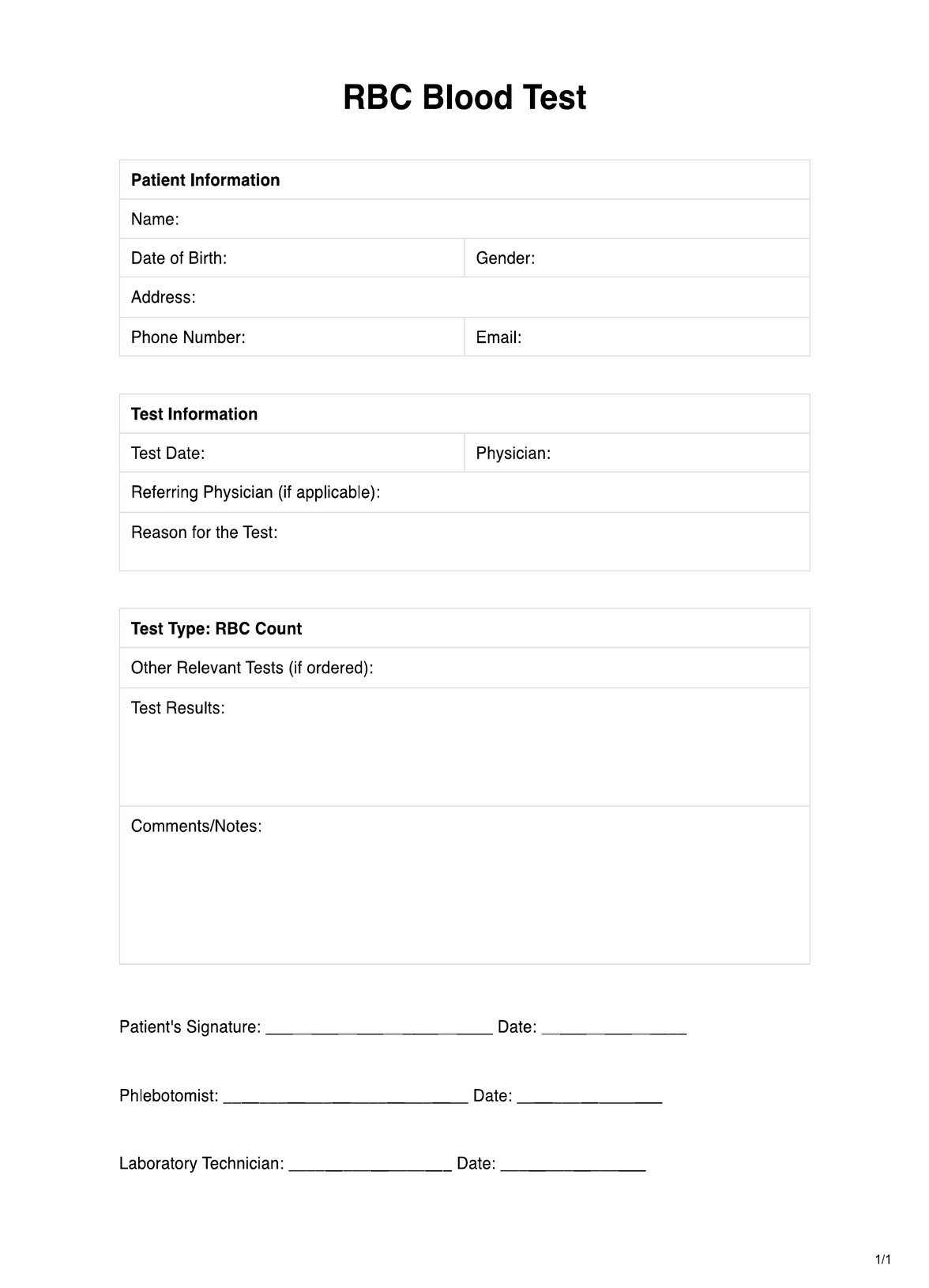
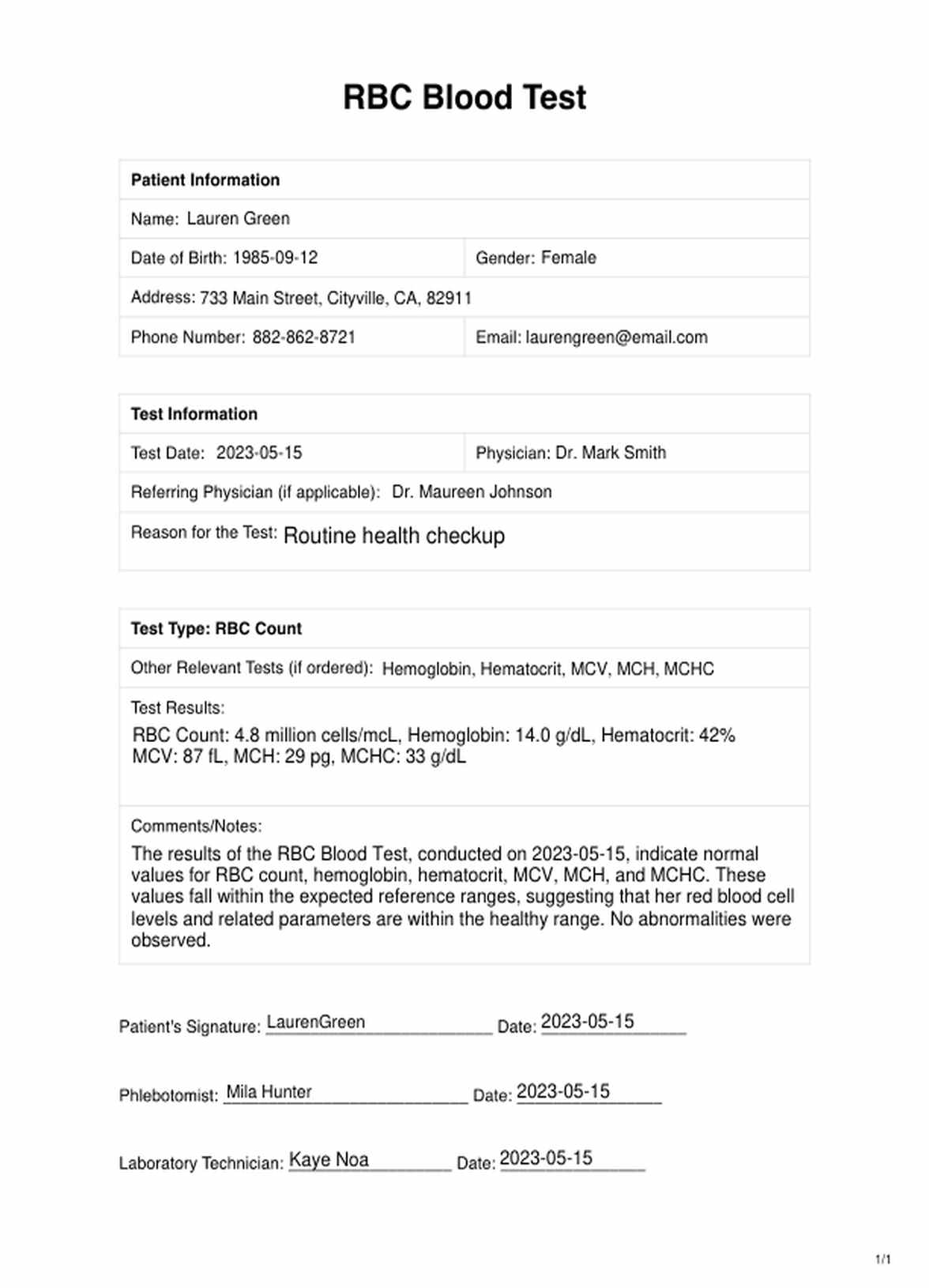

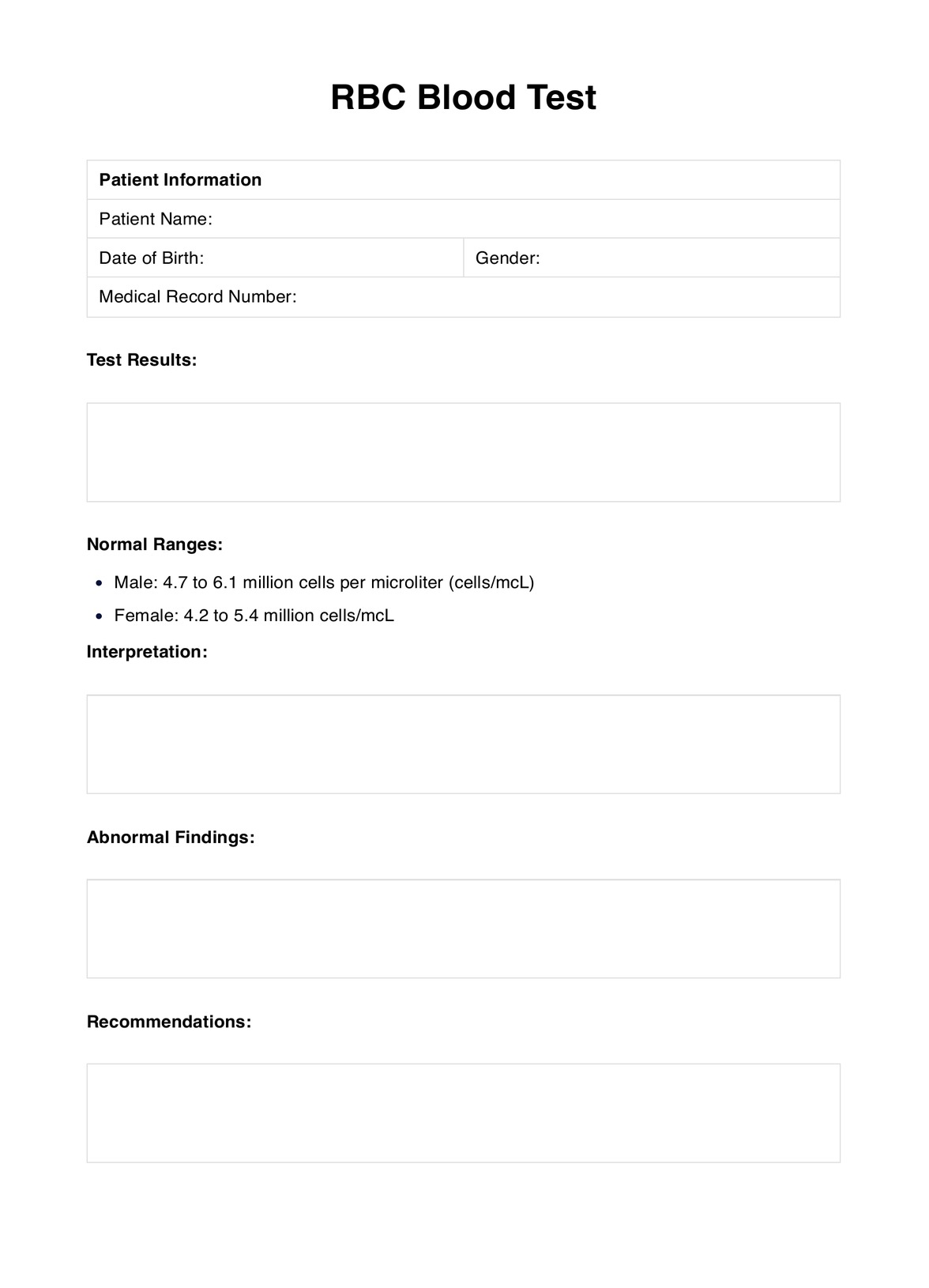















-template.jpg)










































































